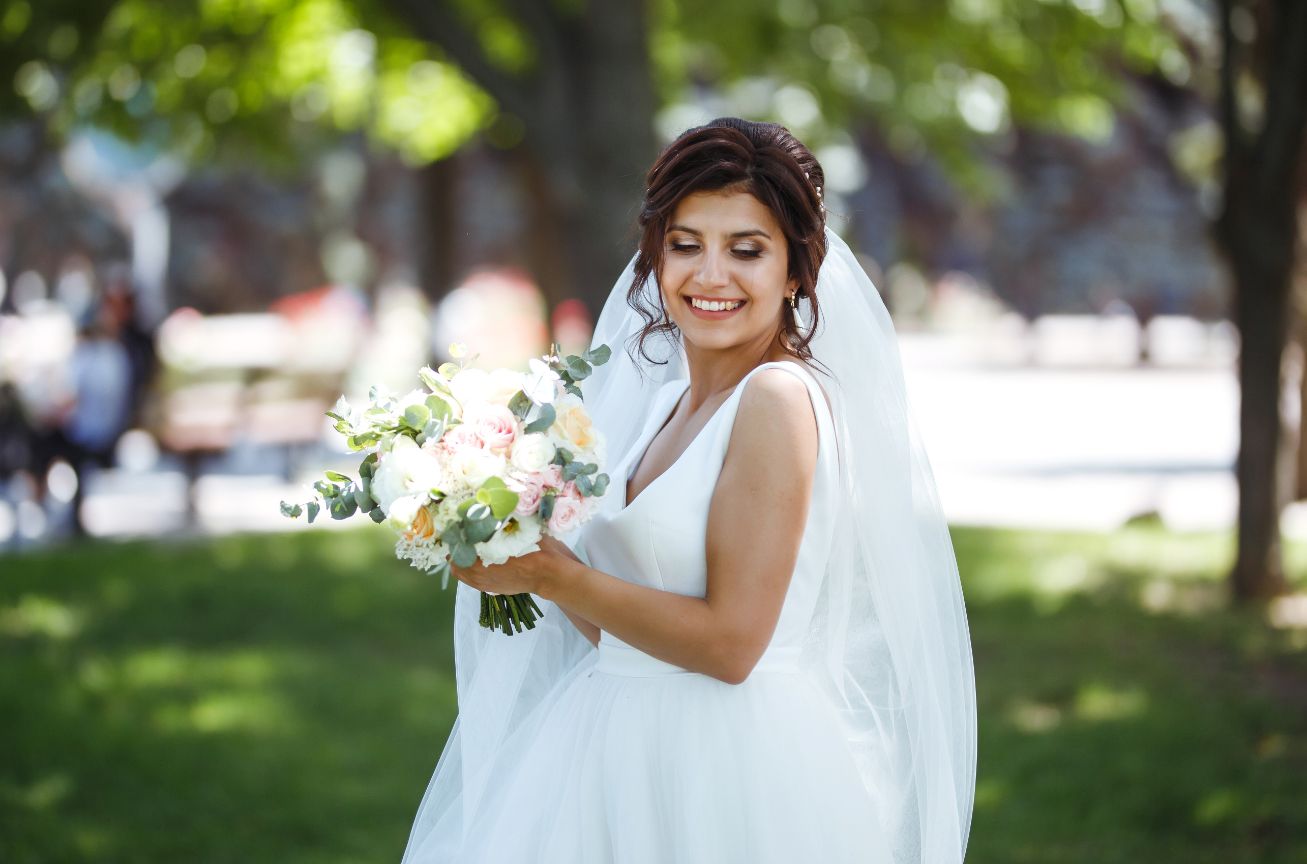When people think of weddings, they frequently picture a bride wearing a spotless white gown. White has always been the customary hue for bridal gowns because it represents innocence and purity. However, as society evolves and weddings become more customized, a lot of contemporary women are searching for original means of expressing their uniqueness. We look at several colors for contemporary wedding dresses and ask why is a wedding dress white.
The White Tradition
White wedding gowns have a lengthy history that is entrenched in Western culture. Queen Victoria established the standard for brides to come by wearing a white gown to her wedding in 1840. White has since evolved to be associated with purity and has come to represent the virginity and innocence of the bride. The relevance of these symbols has loosened as society conventions have changed, giving brides more freedom to experiment with non-traditional hues.
Symbolism and Meaning
While white remains the color of choice for many brides, alternative colors can carry their own symbolism and meaning. Each color has special connotations that may fit with a bride’s character, cultural background, or preferred wedding theme.
a. Ivory or Cream: These softer white hues offer a small variance while yet upholding a traditional appearance. Ivory is a great option for a classic wedding design since it exudes elegance and sophistication.
b. Blush or Pink: In recent years, soft pinks and blush tones have become more fashionable, denoting romance, femininity, and love. They accentuate the bridal dress with a dash of whimsy while fostering a romantic and ethereal atmosphere.
c. Gold or Champagne: Brides desiring opulence and splendor have a lavish option in gold or champagne-colored gowns. Richness, joy, and majesty are all sensations that are brought on by these colors.
d. Pastel hues: A wedding dress can seem vibrant and fresh by using pastel hues like mint green, lavender, or baby blue. They can create a fun and jovial atmosphere to weddings in the spring or summer.
Cultural Significance
White is not always the typical hue for wedding clothing in non-Western cultures. For instance, crimson is frequently used in Eastern cultures because it represents luck, prosperity, and happiness. Similar to this, ladies in Indian weddings frequently dress in garb that is vivid and rich in color, such as red, pink, orange, or purple, to signify joy, fertility, and festivity. A deeper link to one’s heritage can be forged by embracing ethnic traditions through alternatively colored wedding gowns, which can also give the ceremony a special touch.
Weddings are a highly personal event that express the couple’s preferences and personal flair. The bride can make a big statement and show off her personality by selecting an unconventional color for her wedding dress. It offers a chance to break from tradition and plan a wedding that is genuinely special and memorable. The bride can exhibit her uniqueness, inventiveness and personal taste on her wedding day by choosing a color that speaks to her.
